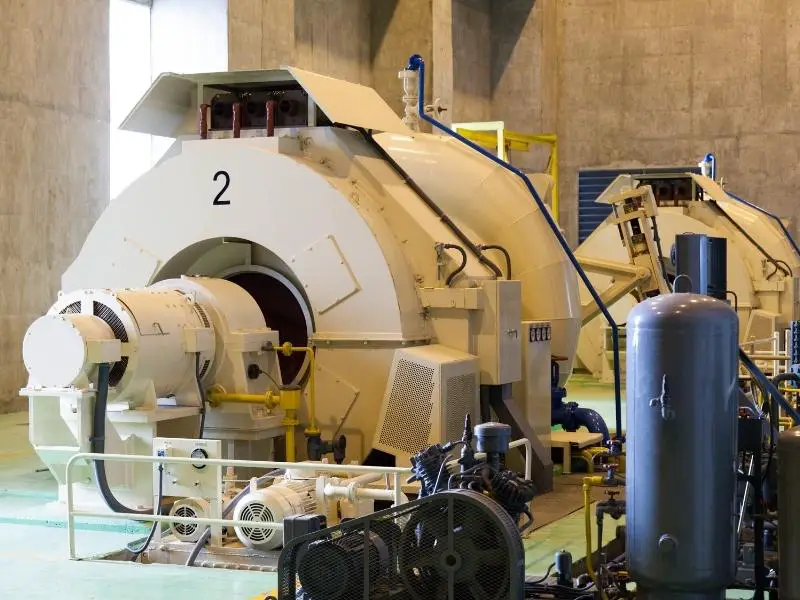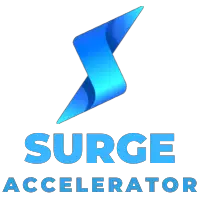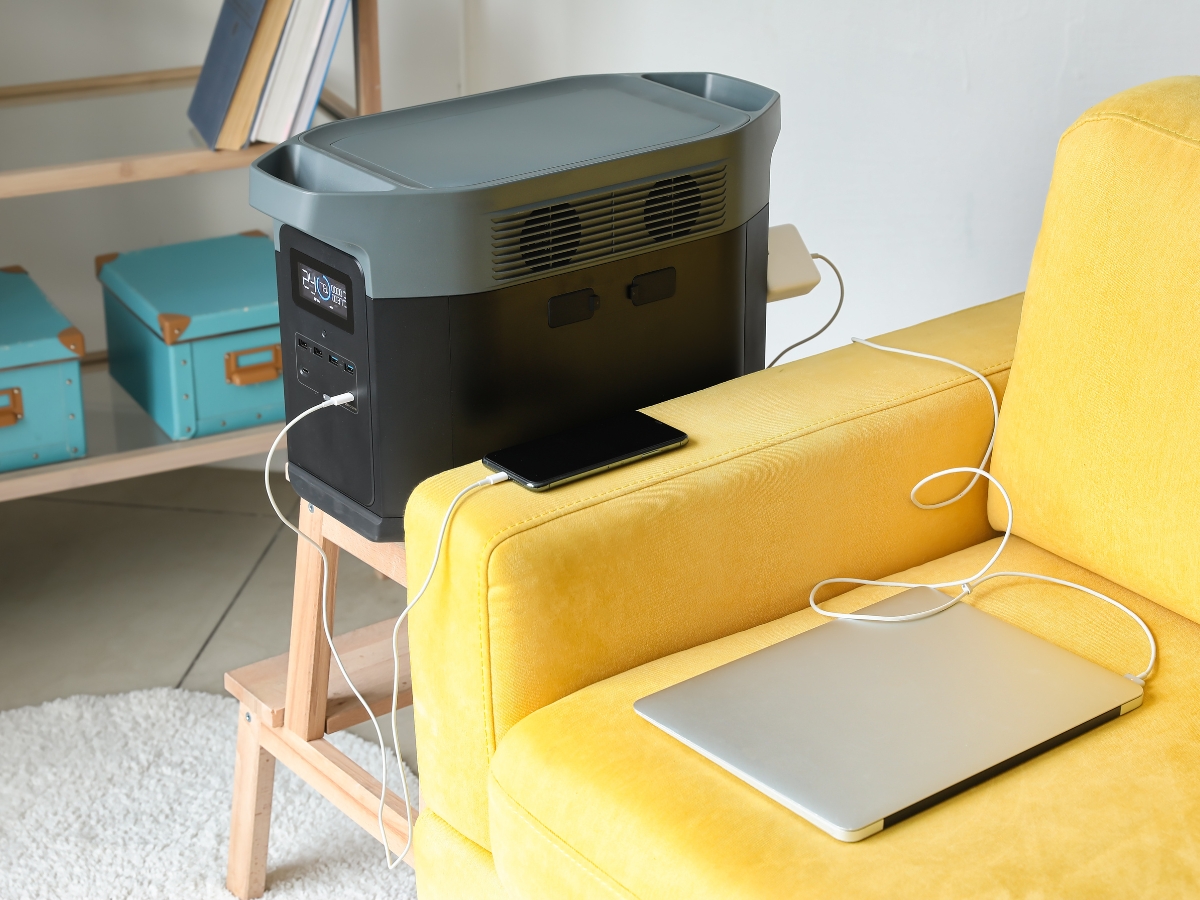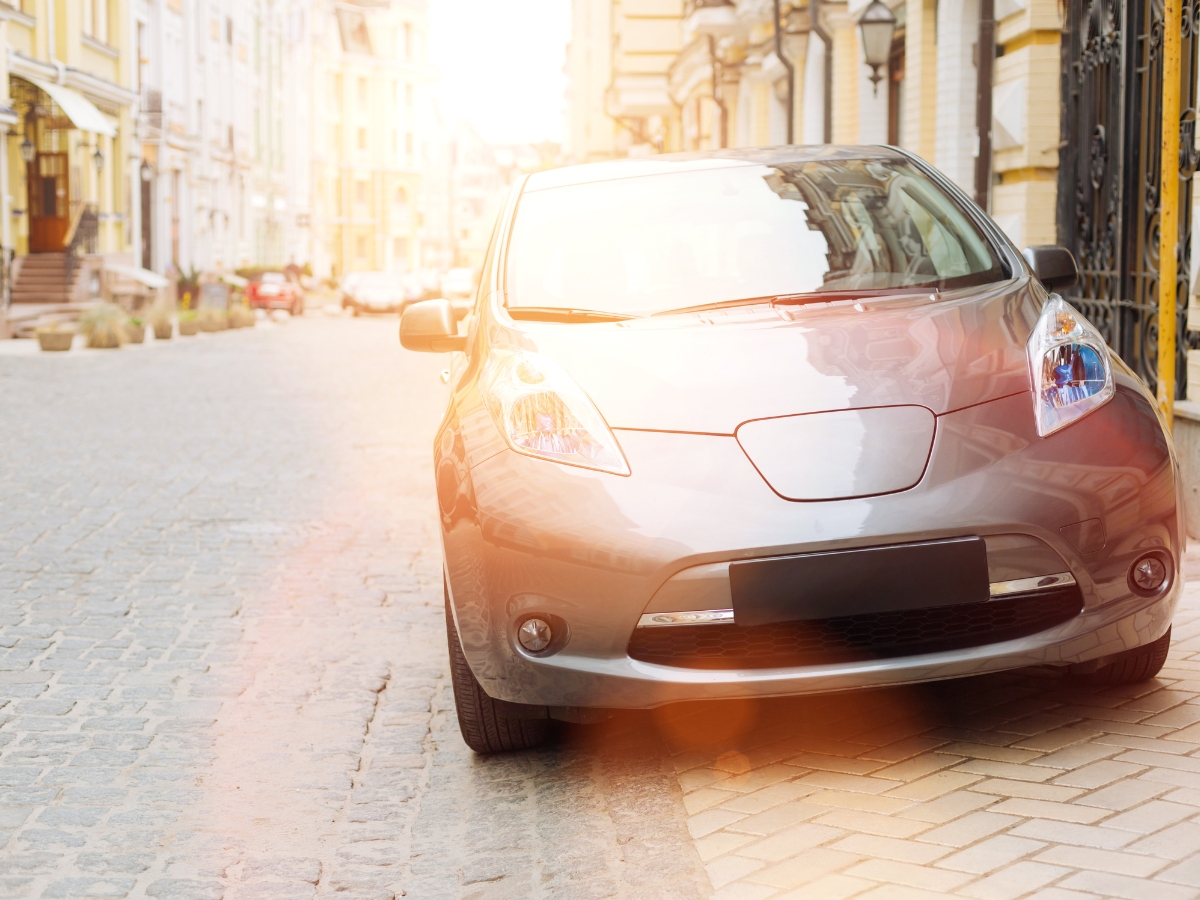Water wheels hydropower offers a promising opportunity to generate off-grid energy for people with proximity to moving water (and permission to access it). Hydropower kits are increasingly easy to acquire or assemble, but care must be taken in choosing the component with the most significant impact on overall efficiency – the water wheel.
A water wheel performs the first conversion in hydropower – changing the kinetic energy of water into rotational energy. It feeds a generator that performs the second conversion – turning rotational energy into electricity. Water wheels must be selected according to their stream’s flow dynamics.
We’ll crack at solving the choice of wheel problem by looking at:
- The role of water wheels in hydropower systems.
- Customizing water wheels to the dynamics of the water source.
- The design of water wheels.
- Alternatives to water wheels.
- Building or procuring a water wheel.
As will be seen, understanding a few design problems and the nature of the flow problem opens a few avenues towards free water-borne energy.

How Does A Water Wheel Fit In A Hydropower Kit?
A water wheel fits in the middle of the system, between the water source and powerhouse. It kick-starts the energy conversion and redirection of water.
A hydropower system starts with flowing water. The first component of the system is a water wheel, which sits downstream of the flow. The components of a hydropower kit and their functions are listed below:
- Water Source: for illustrative purposes, consider a river, stream, or fountain. Other configurations of moving water, including beach-front surf, are also used. Water wheels work well with a high “head” – defined as a vertical distance down which the water drops. This allows gravity to leverage the force of the water.
- Water Conveyance (optional): This is a channel for delivering the water to the wheel. Examples include pipelines, channels, and penstocks (pressurized pipelines).
- Transformer: This is a device that feeds the generator with rotational energy. It draws the rotational energy from the incoming water. Water wheels are the oldest form of transformer. Today they have been superseded by turbines and pumps.
- Generator/Alternator: This device creates electricity from the incoming rotational energy. It feeds the electricity to a distribution system.
- Distribution: A wired network directs the electricity to a power supply, which in turn feeds it on demand to consuming devices.
- Regulator: This is attached to the generator and performs the role of ensuring the evenness of the voltage supplied. This stabilizes the distribution circuitry, protecting connected applications from power surges.
How Many Basic Water Wheel Designs Are There?
There are four main water wheel designs – the overshot, undershot, breastshot, and pitchback. They differ in where the water strikes the wheel and how it is conveyed. These design differences impact the streams in which each design is best applied.
Before we start, a word about “head.” This refers to the vertical height over which water drops. Consider a fountain at 8F elevation that drops to a stream 1F off the ground. The head is 7F.
Head matters because the further water drops vertically, the greater terminal velocity it lands with under the influence of gravity. Greater landing impact leads to more kinetic power for conversion. Ideally, a water wheel is positioned to receive water at the terminal end of the high head. This will cause faster rotation of the wheel.
Overshot Wheel
These are the most common form of a water wheel, as they receive reasonable efficiency by building (or exploiting) heads in the incoming water. Overshot wheels are usually fitted to the sides of hills or vertical banks adjacent to streams.
The blades of an overshot water wheel have fitted buckets. Water is directed to the wheel’s top by a conveyance, where it fills the buckets of the topmost blade. The water weight causes the wheel to rotate, exposing a blade with empty buckets that get filled, continuing the cycle.
Buckets empty into a continuing stream when they reach the bottom. A result is that the wheel is impelled to rotate continuously. The volume, rather than the speed of the water, determine the speed of rotation. The use of the head implies that the stream continues at a lower level than the conveyance.
Undershot Wheel
Known as a “stream wheel,” this is the easiest and cheapest to construct. It was used by ancient Greek and Roman civilizations in milling.
Here a wheel is placed in a flat stream with buckets facing the direction of the stream. The buckets fill with water which inches the wheel forward, exposing an empty row that continues the movement and so on.
Unlike the overshot, buckets remain full over a smaller arch than half the diameter of the wheel. Coupled with their lack of gravitational leverage through the head, the same volume of water generates less power.
Upshot wheels are not very efficient. Only about 20% of the water’s potential energy is channeled. This is somewhat attenuated by shaping the water through conveyance so that 100% of it enters the wheels. This might constrain the width of the wheel, though.
Breastshot Wheel
Breastshot wheels are designed for situations with low – but some – heads. There is not enough head to drop the water at the top, and so instead, it is deposited slightly above midway.
This causes the wheel to rotate in the opposite direction as it would for an overshot design. The gravitational force works on half the distance as before (given where water is input), reducing the power. In order to compensate, breastshot wheels are designed wider so that they can trap a larger volume of water.
Pitchback Wheel
The pitchback is a clever variation on the overshot that harnesses the potential energy of the returning “waste” water as well. It can be thought of as a reversed overshot wheel working in harmony with an undershot wheel.
Here the structure of an overshot wheel is maintained, except that water enters the wheel a few degrees before the top (not immediately at or after the top, as in the overshot.) The buckets are adjusted to face the incoming water (in the overshot, they face away).
The upshot of these refinements is that the wheel now rotates in the direction toward the stream of the flow, moving water towards the stream, depositing it at the bottom of the wheel and before it. This allows the returned water to brush over the lover buckets a second time, leveraging the wheel with the power of un undershot.
What Are Water Wheel Pros And Cons?
Water wheels have been around for a long time, allowing them to be reliably characterized. The pros and cons balance stability and efficiency. We list the plusses and minuses.
Water Wheel Pros
The advantages of water wheels are listed below:
- Simplicity: Water wheels consist of intuitively graspable buckets held on simple blades. The lack of complexity in design makes them easy to construct and maintain.
- Cost: Water wheels can be constructed from inexpensive materials. They have no overheads and maintenance costs.
- Constructability: No specialized equipment or artisanal skill is required to construct them.
- Durability: Water wheels are made of wood and other materials that do not corrode or wear over prolonged exposure to water.
- Safety: In damage or breakage, there is no risk of fire or explosion. Under extreme water conditions, they do not pose harm to the user.
Water Wheel Cons
Balanced against the plusses above, some weaknesses attend the water wheel:
- Weight: The water wheels are bulky. This weight causes them to resist the streams that power them, leading to a waste of energy. The waste also comes from increased friction brought about by the wheel’s weight on its rotating frame.
- Speed: As a direct result of the weight problem, water wheels are slow. Slow speed reduces the kinetic energy delivered to the generator, which translates into a net loss of power generated.
- Efficiency: The loss of energy translates into a lack of efficiency. This inefficiency is costly where the stream delivers low, slow pressure to begin with.
- Size: Water wheels tend to be big. This limits the areas in which they can be deployed, as it implies a minimum width and depth for the underlying stream.
- Versatility: The water wheel design is not very variable. The overshot design in use today has been operative for hundreds of years.
The balance of disadvantages appears to have won the day, and today water wheels are a minority of the hydropower transformers in use.
What Are The Alternatives To The Water Wheel?
Alternatives to water wheels are turbines and pumps. We consider the Pelton wheel, the turbo wheel, and the jackrabbit.
If your stream dynamics – largely volume head and topology – make a water wheel prohibitive, you might want to complement your hydropower kit with an alternative transformer. This is especially true for micro-hydro.
What Is A Pelton Wheel?
This leverages the basic water wheel design by using a jet force. The Pelton wheel has a water conveyance in the form of a pressurized pipeline at the end of which a pressurized nozzle is fitted. The nozzle directs a high-pressure jet spray striking the wheel’s double-cupped buckets.
The buckets are curved so that the impact of the spray results in efficiencies of between 70% and 80%. The turbines are scalable and best suited to conditions of low volume and high head.
What Is A Turgo Wheel?
This is a variation of the Pelton, which uses a jet half the size. The jet is placed at an angle, allowing it to strike three buckets simultaneously. The result is that the wheel moves twice as fast. It is less bulky and needs no gears.
The Turgo needs high heat but can operate under conditions of low flow. In practice, it has proven to be a hardy machine.
What Is A Jack Rabbit Turbine?
The Jack Rabbit features a turbine without conveyance. It can use low volumes of water with no head. The Jack Rabbit generates up to 100W of power, resulting in the daily output of 1.5-24kWh.
How Do Water Pumps Feature?
In the ordinary course, water pumps propel water forward. They can be reversed, in which case they operate like turbines. They should not be considered proper substitutes for water wheels as they require an external source of power other than the water.
Pumps are plentiful and inexpensive, which makes them a preferred option in many situations. However, they tend also to be inefficient and more damage-prone than turbines.
How Do You Select A Water Wheel?
Critical factors to consider when selecting a water wheel are the energy requirement, the site’s fluid dynamics, and efficiency.
Steps involved in selecting a wheel are:
- Output: An estimate of power is given by:
kW = 0.004 x Q x V x H x C, where
- Q = water volume per second x capacity of buckets.
- V = velocity of the water stream.
- H = head (in feet).
- C = the efficiency constant for the wheels considered.
- Consider whether the output matches your energy requirement. Consult a recent bill or sum your appliances’ energy requirements. If the ends don’t meet, find a more efficient water wall or one with bigger buckets.
- Choose wheel design based on the availability of an on-site head. Consider whether it is possible to select a pressurized conveyance and choose your wheel accordingly.
- Have regard to the width of the stream and conveyance. You want to minimize the quantity of water that flows around the wheel.
How Do You Buy A Water Wheel?
Complete kits can be bought from hydropower specialists. Search online to find one near you, as the components are not very shippable.
Hydropower specialists providers may be willing to customize a kit if your local conditions require it. Be sure to canvass this option with them.
If you have a kit that does not work for you, you might substitute the ill-fitting parts. This guide to water wheel substitutes and how to fit the wheel to local conditions should lead your decisions.
Pay attention to the nuts, bolts, and other incidental elements. These may require replacement in time, and you want to make sure that they can be replaced with generic components.
How Do You Build A Water Wheel?
If you’re a hands-on person, there are many online plans available. Before selecting one, you will have wanted to carry out the site reconnaissance described above in order to ensure that you target the right plan. Be sure to pick a plan that has materials that work in your environment, connecting the wheel to a locally available surface.
The materials for wheel construction are available at standard hardware shops. If you want help, you might enlist a local artisan to do the job under supervision. Be sure to be involved in the design, as there usually is a need to readjust fixtures as energy requirements or stream dynamics change in time.
Whether you’re building or buying, it is required that you lay a foundation for the installation. This base may be built of such materials as masonry, concrete, or framework timber. In exploiting the head, drill into the adjacent rock if available.
The hydropower machinery, including the wheel, could be housed in an inexpensive, protective shed. This should be built with conveyance and minimal obstruction of the incoming water in mind.
References



